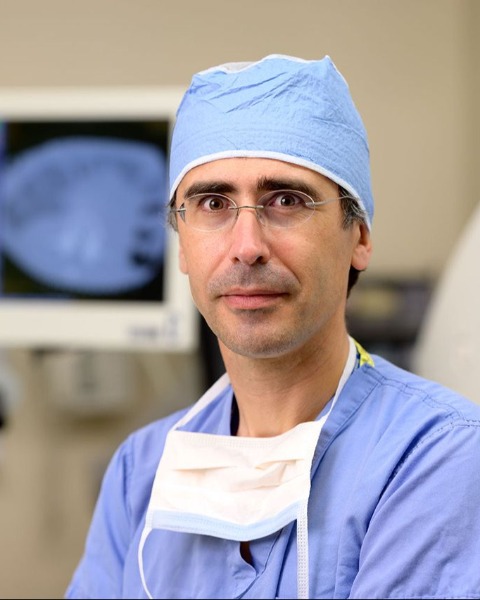SIR 2025
Nonvascular Interventions
Traditional Poster
79 - Accuracy and safety of virtual reconstruction of needle position during spine procedures performed under cone-beam computed tomography
- RG
Ruben Geevarghese, MD
Senior Research Scientist
Memorial Sloan Kettering Cancer Center, United States 
Sylvain Bodard, MD, MS
Research Fellow
Department of Radiology, Memorial Sloan Kettering Cancer Center, France- LK
Leah Kiely, MS
Clinical Research Engineer
GE Healthcare, United States - EP
Elena N. Petre, MD
Senior Research Scientist
Memorial Sloan Kettering Cancer Center, United States - CN
Christopher Newman, MD
Assistant Attending
Memorial Sloan Kettering Cancer Center, United States 
Debkumar Sarkar, DO
Associate Attending
Memorial Sloan Kettering Cancer Center, United States- EL
Eric Lis, MD
Associate Attending
Memorial Sloan Kettering Cancer Center, United States 
Francois H. Cornelis, MD, PhD
Professor
MSKCC - Weill Cornell Medical College, United States
Poster Presenter(s)
Author/Co-author(s)
To evaluate the accuracy and safety of virtual reconstruction of needle position (VRNP) software during spine procedures performed under cone-beam computed tomography (CBCT).
Materials and Methods:
29 patients who underwent spine biopsy or kyphoplasty were identified at a single institution. In all patients, the target and needle trajectory were defined on a planning pre-needle insertion CBCT. The needle was then advanced to the target using augmented fluoroscopy. The final position of the needle was then assessed in the planning CBCT space using stereotaxic virtual needle reconstruction generated from two fluoroscopic views (Needle ASSIST, GE HealthCare), followed by a final CBCT. Accuracy of VRNP software was obtained by the comparison of the reconstructed virtual needle tip position to the actual needle tip position in the post-needle insertion CBCT acquisition. Technical success and complication rates were also evaluated.
Results:
All procedures were technically successful. Median dose was 28.9 Gy.cm^2 [IQR=23.5 to 37.0]. Median fluoroscopy time was 120 seconds [IQR 82 to 160]. Median target size, where applicable, was 26 mm [IQR = 20 to 29]. Median patient age was 70.5 [IQR = 58.8 to 76]. Median BMI was 27.3 [IQR = 23.8 to 30.1]. The median distance between the virtual reconstruction of the needle tip position and actual needle tip position was 1.2 mm [IQR = 0.9-2.3]. No complications were reported.
Conclusion:
VRNP software accurately simulates needle position and appears safe during spine procedures. Adoption in procedural workflow may help avoiding post needle insertion CBCT acquisitions, further reducing patient dose and procedure time.


.jpg)